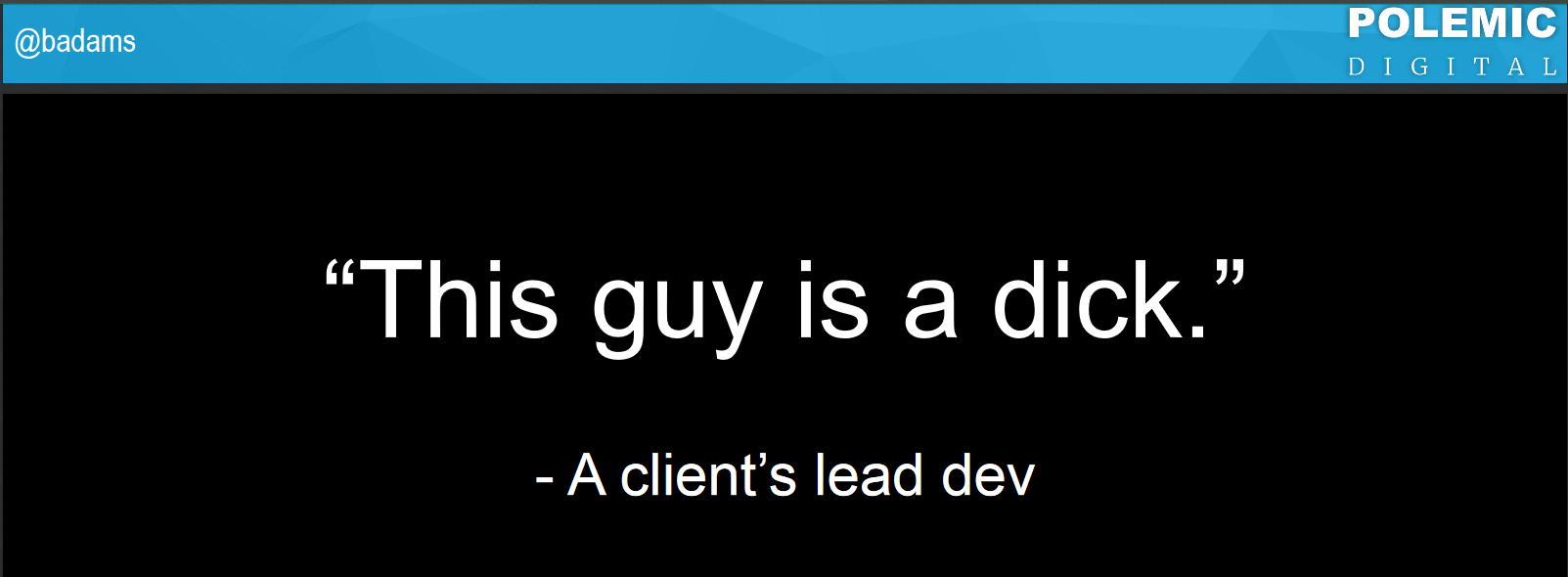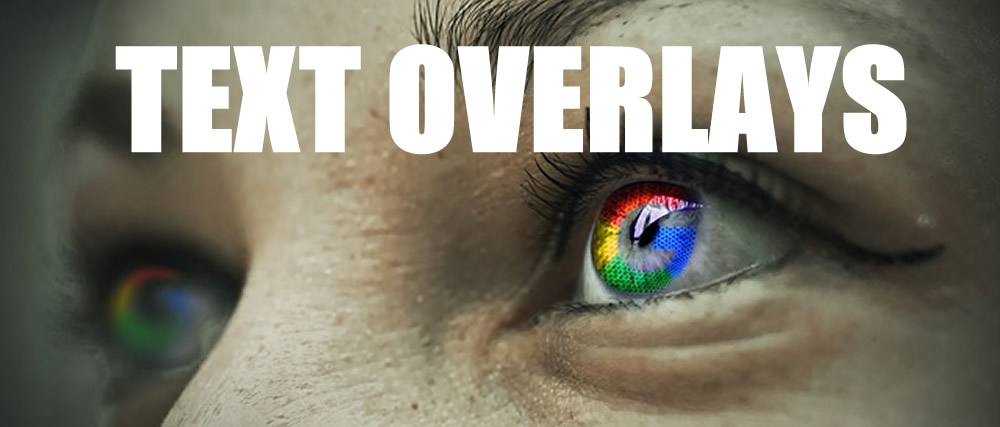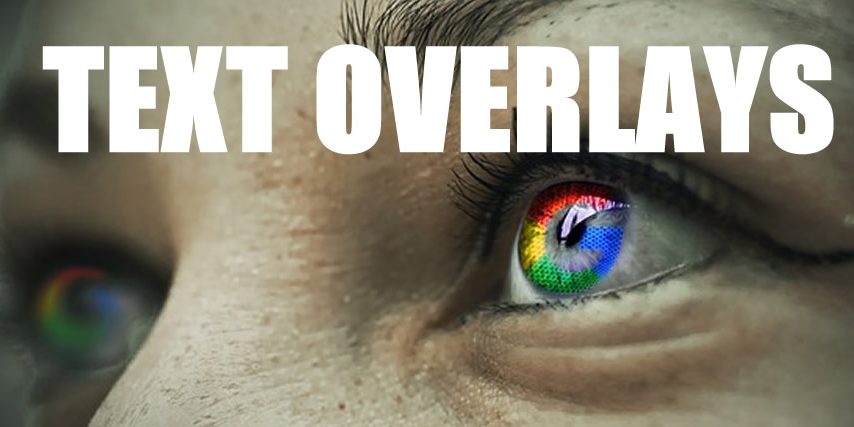The sometimes belligerent but well-respected SEO consultant Barry Adams from Polemic Digital often quotes this statement from a client’s Lead Developer.

This neatly sums up the occasional tension between web designers and web developers and SEO professionals and marketing personnel.
Everyone wants the web project to succeed but priorities are different depending on their role:
- Web developers want to deliver a working website on time and on budget.
- SEO and marketing want to optimise and boost web traffic, sales and enquiries.
There will be times when the different groups understand each other’s position perfectly, but there will be times when SEO and marketing ask for things that appear to be unreasonable or cause pointless extra work.
The project manager needs to step in resolve arguments, balancing cost, resource and benefit.
What does help is mutual understanding. The more web designers understand SEO and SEO understand web design and development the better.
The more (technical) SEO your developer knows, the better. Even if you argue over specifics of implementation based upon cost, reward, scalability (e.g. are people going to bother continuing this process once we’re done) – it’s an argument worth having and the final result is better than it would have been otherwise. If they know nothing, they are arguing from a point of laziness or convenience. – Stockbridge Truslow
Examples of web design and web development issues that clash with SEO
For SEOs the user experience in tandem encouraging search engine bots to crawl the website is paramount. Get it right and you boost traffic and search engine rankings for important keywords.
A classic example would be images with text overlays.

Text overlays versus actual HTML text so indexable by search engines
A web designer might simply create a nice image with text overlayed in a graphics package, save the whole thing as a jpg and job done.
An SEO would probably want the image created as a background, optimised to with an inch (dot per inch?) of its life and text overlayed and formatted as HTML, H2 tags, with internal links to other pages of the website.
This is not a particularly difficult job for the web designer or web developer but it is extra work and requires testing to make it look as good as the image text overlay.
Other examples include the following:
Navigation
- Hamburger only navigation menus – look minimalist and nice but are not intuitive.
- Dropdown navigational elements that don’t link to the main category and force you to choose a sub-category.
- Accordion navigation.
- Mega menus.
- Using search to build categories instead of filters.
Design
- Oversized images at the top of the page.
- Infinite scroll.
- Using font-awesome instead of SVG fonts.
- Not including the alt text option for image uploads.
- Lazy redirects (homepage redirects on site redesigns) i.e. not mapping URLs and using 301 redirects.
- Session ids in URLs (dynamic single use URLs).
- When site redesign decisions are made without consulting analytics. Poor decisions made based on opinions or feelings instead of relying on data.
- Sliders slow down the page because all images from the slider have to load first.
- Image in the slider will not carry the filename, title, nor an alt-text.
- Using the H-hierarchy as design elements.
- Putting the site logo as a H1.
- Client side delivery even though it’s slower.
- Assuming that responsive design is automatically the best mobile UI.
- Not allowing admin or editorial control of page level SEO controls such as robots, Lang, canons, on page markup, link no-follow and image alignment.
It is possible to achieve an optimised and optimisable website without too much conflict between SEO and web design, however mutual understanding of each other’s disciplines and objectives is key.
Get in touch with Dinesh on 07941 686113 if you need help on web design, web hosting, SEO services, domain names or email marketing.
Further reading
How to do a technical SEO audit by Barry Adams







